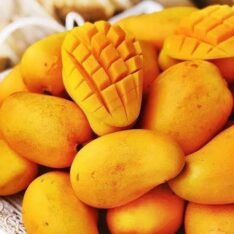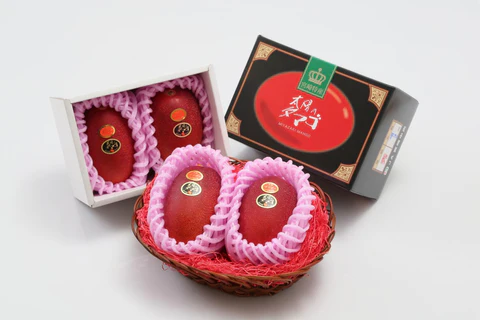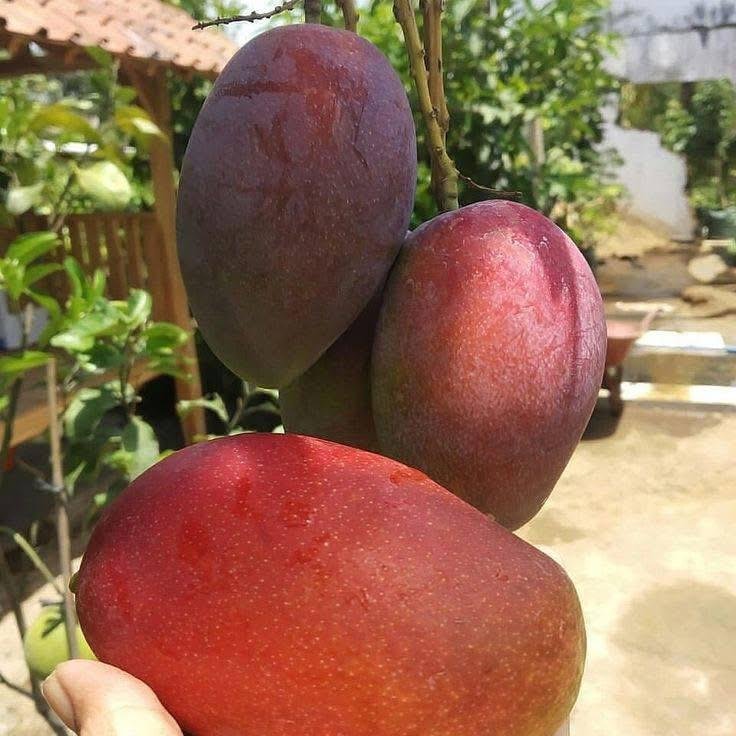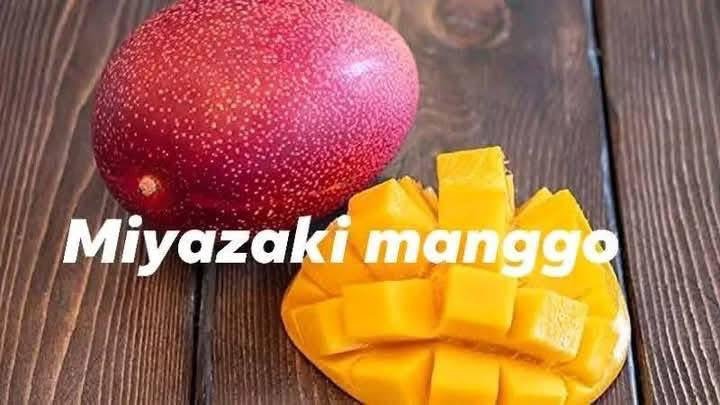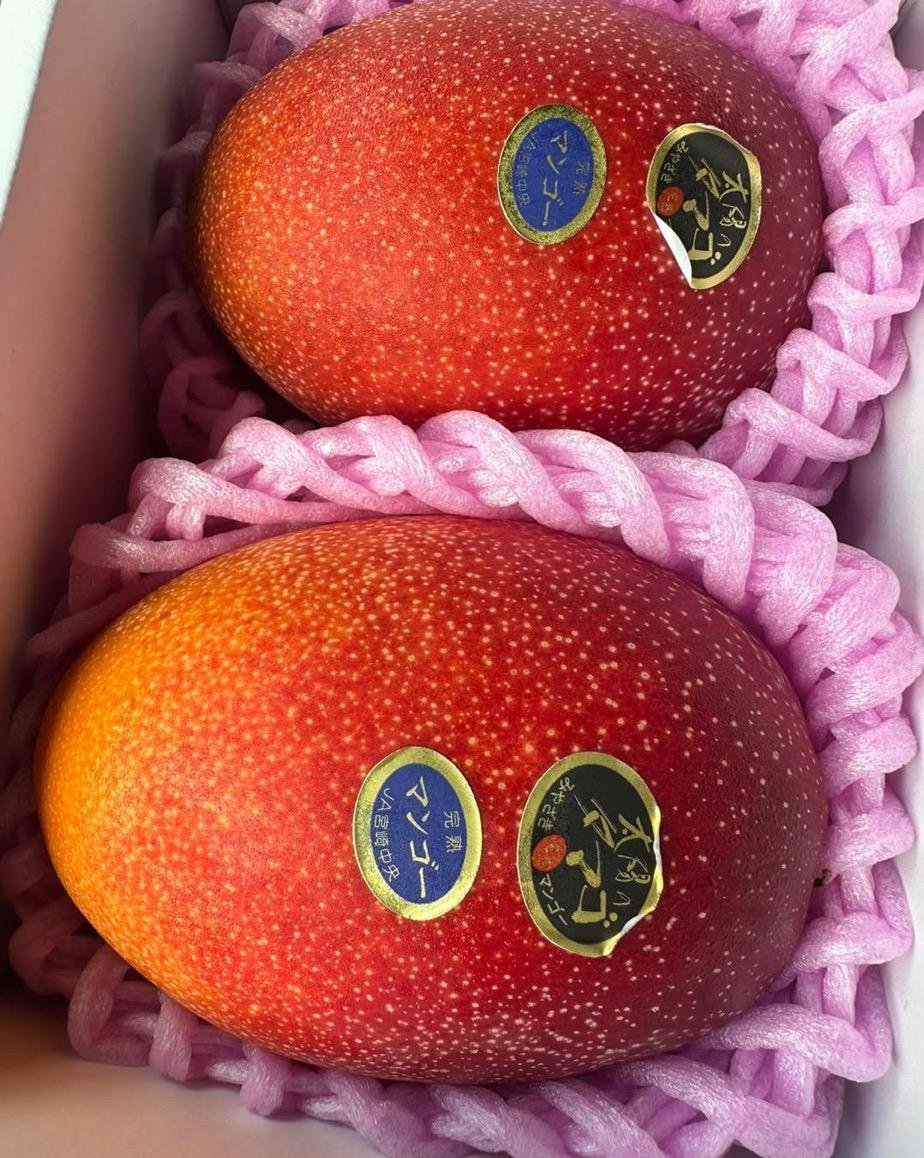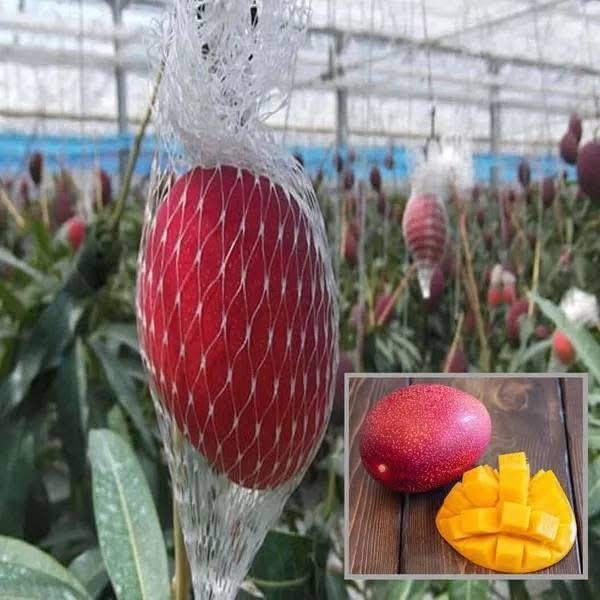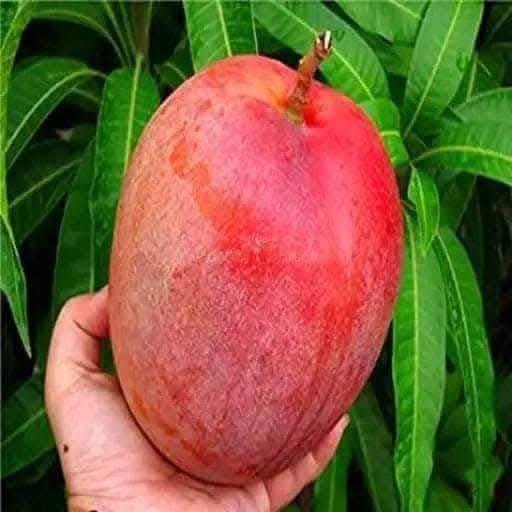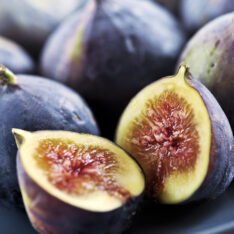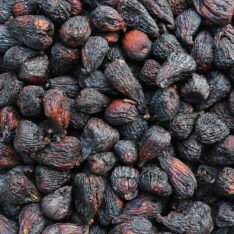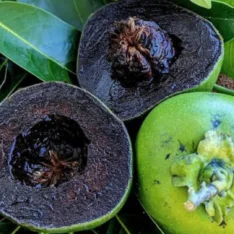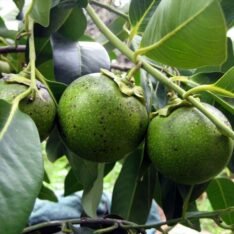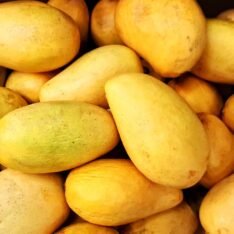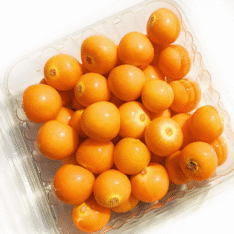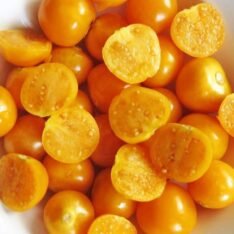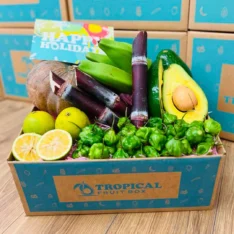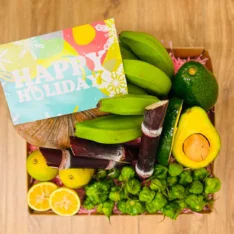Buy Miyazaki Mango Fruit Box | Premium Japanese mango USA | Taiyo No Tamago
$170.00Current price is: $170.00. Original price was: $250.00.
- Exquisite Flavor: A harmonious balance of intense sweetness and a hint of citrus.
- Premium Quality: Handpicked to ensure perfection in taste, texture, and appearance.
- Luxurious Gift: An elegant and thoughtful present for special occasions.
Miyazaki Mango Fruit Box 2025: Japan’s Luxurious “Egg of the Sun”
Japan’s Miyazaki mango, also known as the “Egg of the Sun,” is renowned for its exceptional quality and high price, often fetching hundreds of dollars per fruit. Specifically, the legendary “Taiyō No Tamago.”
Hailing from the sunny southern coast of Kyushu, these aren’t your average supermarket fruits. They represent the pinnacle of horticultural artistry, commanding prices that make headlines and inspiring a global fascination. But what exactly makes this Japanese treasure so special, so sought-after, and, yes, so incredibly expensive? Let’s peel back the layers.
Miyazaki Mangoes Review: From Seed to Sun’s Egg (Origin Story)
So, what does this perfection cost? Brace yourself. The Miyazaki mango Price in the USA, especially for the “Taiyo No Tamago” grade, is legendary. While prices fluctuate based on season, yield, grade, and retailer, here’s the reality:
-
Premium Single Mangoes: A top-grade “Taiyo No Tamago” mango can easily command $50 to $100 or more each in Japan during the peak season (late April to August). Rare, auction-topping specimens, often the first of the season or perfectly flawless giants, have sold for jaw-dropping figures, such as $3,000, $4,000, or even higher.
-
International Markup: Outside Japan, the price skyrockets further due to air freight (they are highly perishable), import duties, and the premium charged by luxury retailers. Expect to pay $100 to $250 or more for a single authentic, imported top-grade Miyazaki mango in locations such as the US, UAE, or Europe.
Features of Japanese Mango luxury fruit
-
Silky-smooth, non-fibrous flesh, near custard-like consistency
-
Layered sweetness with tropical notes of coconut and pineapple, rounded by honeyed and mildly tangy undertones.
- Size and Weight: The average Miyazaki mango weighed in at about 350 grams or more, although some can reach nearly a kilogram.
- High Brix content fruit: To be classified as a “Taiyo no Tamago”—the highest grade—the fruit must weigh over 350 grams and have a minimum sugar content of 15% or higher.
-
Shape: Perfectly rounded, almost egg-like form (hence the name).
-
Color: At least 50% of the skin must be a deep, vibrant red (ideally much more). No blemishes, scratches, or imperfections allowed.
-
Internal Quality: Flawless, fiber-free, deep orange flesh with no internal defects.
Finding the Miyazaki Mango for sale Near Me?
Craving a taste of this Japanese luxury? Finding an authentic Miyazaki mango near me requires some effort, especially outside Japan and major international hubs, and particularly the top “Taiyo No Tamago” grade. Here’s where to look:
-
High-End Japanese Supermarkets: Stores like Mitsuwa Marketplace, Marukai, or Nijiya Market (in the US), or similar premium Asian grocers in other countries, are your best bet during the season (approx. May-August). They often import directly.
-
Luxury Department Store Food Halls: Places like Depachika (the food basements in Japanese department stores – e.g., Isetan, Takashimaya) or high-end Western equivalents (e.g., Harrods Food Hall, Fortnum & Mason) frequently stock them as premium gifts.
-
Speciality Online Retailers: Several online platforms specialise in importing premium Miyazaki Mango Fruit Box. Examples include Usa Fruit Shop, or Fresh From Japan. Be prepared for high prices and ensure they guarantee freshness and proper shipping.
-
Auction Sites (For the Brave/Deep-Pocketed): Occasionally, specialty auction sites dealing in luxury foods might feature them, but this is rare and very expensive.
-
High-End Restaurants: Some Michelin-starred or fine-dining establishments feature Miyazaki mangoes in seasonal desserts when available.
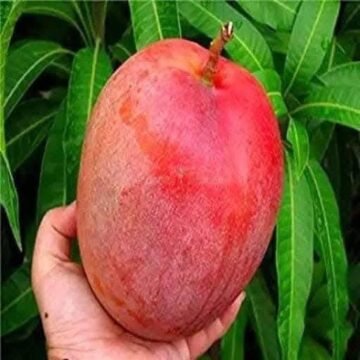
Insights of How Miyazaki Mangoes Became Japan’s Crown Jewel Fruit
The Miyazaki mango phenomenon offers fascinating insights beyond just a pricey fruit:
-
The Japanese Philosophy of Craftsmanship (Takumi): Miyazaki mangoes embody takumi – the spirit of artisan mastery. The growers are craftsmen, treating each tree and fruit with reverence. The goal isn’t just profit; it’s achieving perfection within a defined set of aesthetic and sensory parameters. This philosophy extends to many Japanese artisanal products, from knives to pottery.
-
Fruit as Luxury Art & Status Symbol: In Japan, premium fruit is elevated to the status of art and a powerful social currency. Gifting a box of “Taiyo No Tamago” mangoes conveys immense respect and status. The high price is part of its value proposition as a luxury item. This contrasts sharply with Western perceptions of fruit as primarily nutritious or tasty sustenance.
-
Globalization of Taste & Scarcity Marketing: The Miyazaki mango’s global fame demonstrates how luxury food experiences are increasingly sought after worldwide. Its scarcity and high price fuel desire and exclusivity, making it a powerful marketing story. The astronomical auction prices, widely reported, serve as incredible global advertising.
-
Sustainability Questions: The intensive resource use (labor, materials, energy for greenhouses/transport) raises questions about environmental sustainability at scale, even if the economic model is sustainable for the growers due to the high prices. It represents a very specific, resource-intensive approach to premium food production.
-
The Subjectivity of “Best”: While Miyazaki mangoes are objectively stunning in appearance and sweetness, “best” flavor is subjective. Some mango aficionados might prefer the intense complexity of an Alphonso or the tangy punch of a Kensington Pride. Miyazaki excels in its defined standard of perfection – uniform sweetness, flawless texture, and visual drama.
-
The Experience Economy: Consuming a Miyazaki mango is less about simple nourishment and more about a curated, rare, sensory experience. People pay for the story, the craftsmanship, the exclusivity, and the moment of indulging in something extraordinary.
How to Store Miyazaki Mango for Maximum Freshness?
To ensure that your Miyazaki mangoes maintain their delicate flavor and texture, you must follow these essential storage tips: Keep them at room temperature:
- Room Temperature: To boost the natural sweetness of your Miyazaki mangoes, store them at room temperature until they soften. Enjoy the delicious ripening process!
- Refrigeration: Once ripe, transfer your mangoes to the refrigerator to keep them fresh. They can last up to a week when stored properly.
- Freezing: You can store Miyazaki mango slices in the freezer to savor later. Simply peel, slice, and put them in a sealed container before freezing. Frozen mango slices are perfect for making smoothies or sorbets.
Nutritional Value of Miyazaki Mango
Miyazaki mangoes are not just a luxurious treat; they are also packed with essential nutrients that support a healthy lifestyle. Here’s a quick overview of their nutritional content:
- Vitamin C: A single Miyazaki mango provides a substantial amount of vitamin C, which helps boost your immune system and promote glowing skin.
- Fiber: These mangoes are a great source of dietary fiber, which aids digestion and helps maintain healthy cholesterol levels.
- Antioxidants: Miyazaki mangoes are rich in beta-carotene and polyphenols, which can protect your body from oxidative stress and inflammation.
How to Consume Miyazaki Mangoes
Our Miyazaki Mango Fruit Box are not commonly purchased for casual snacking; instead, it holds a special place in Japanese culture as a luxurious gift. In Japan, where the art of gift-giving is deeply ingrained, these exquisite and costly mangoes are often reserved for significant formal occasions, such as weddings, anniversaries, or important business dealings.
If you find a Miyazaki mango in the US, prepare for a treat! Cut it slightly off-center, a few millimeters from the stem, and slice it into four equal pieces. Flip them over to expose the flesh, then score it in a grid pattern. Enjoy the incredible taste of these famous mangoes!!

